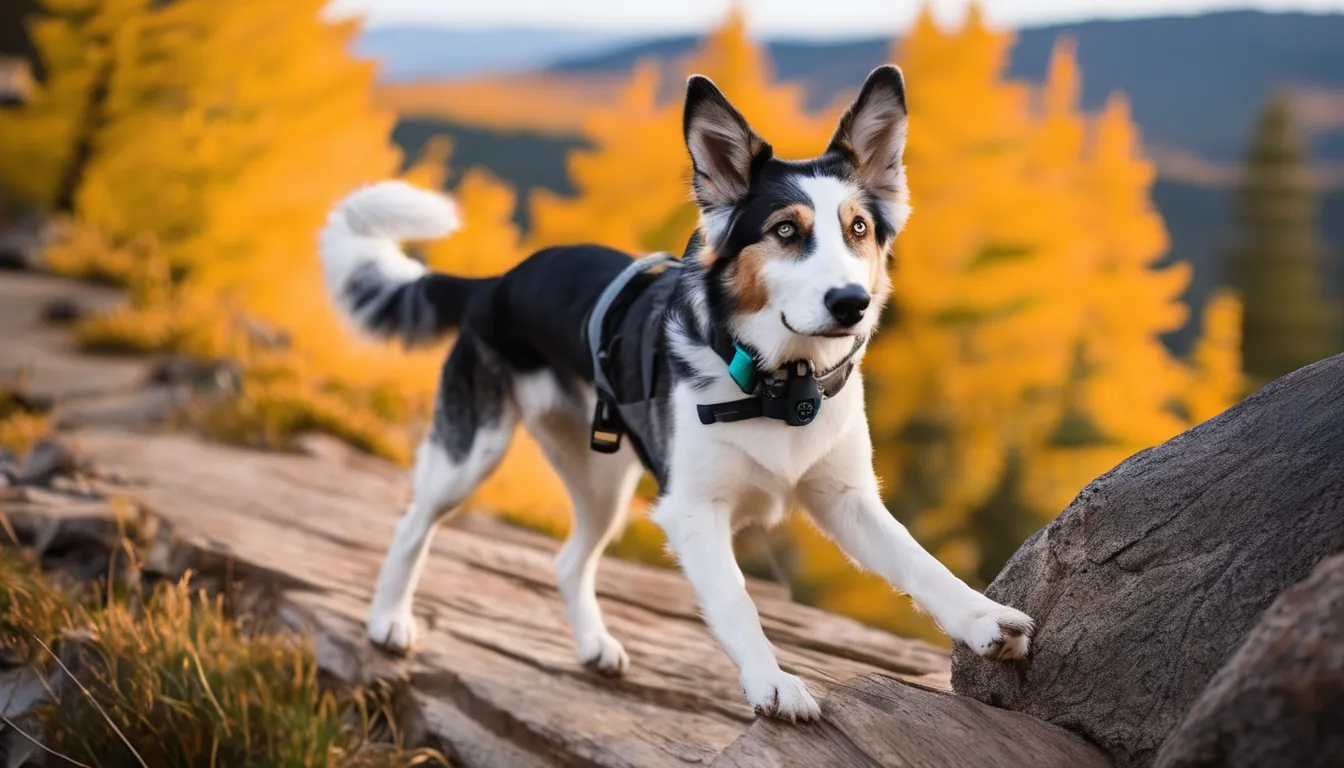
If you’ve noticed your dog breathing fast, you might be wondering what it means. While rapid breathing can often be a normal response to excitement or heat, it can also signal something more serious like anxiety or an underlying health issue. As an attentive owner, it’s essential to differentiate between these scenarios to ensure your dog’s well-being. By observing their behavior and understanding potential causes, you’ll be better equipped to respond appropriately. But what signs should you really look for to determine if it’s time to take action?
Normal Causes of Fast Breathing
When you notice your dog breathing fast, it’s essential to understand that not all fast breathing is a cause for concern. Often, your dog’s increased respiratory rate can be perfectly normal and may happen for a variety of reasons.
For instance, if your pup has just finished a vigorous play session, it’s natural for them to breathe more quickly as they catch their breath.
Similarly, during hot weather or after taking a long walk, your dog might breathe faster to help regulate their body temperature. Panting is a common way for dogs to cool down, and this can sometimes appear as fast breathing.
Excitement can also lead to rapid breathing. If you come home after being away, your dog might express their happiness through quick breaths.
Additionally, some breeds, especially brachycephalic ones like Bull can dogs eat guava and Pugs, can have a naturally faster breathing rate due to their anatomy.
In these situations, fast breathing is typically harmless. However, always keep an eye on your dog’s behavior and overall health to ensure everything’s okay.
If you notice unusual signs accompanying the fast breathing, it may be worth consulting your vet.
Signs of Anxiety or Stress
During stressful situations, your dog might exhibit signs of anxiety that can manifest through fast breathing. It’s essential to recognize these signs so you can help your furry friend feel more secure. Fast breathing is just one indicator; several other behaviors can point to your dog’s anxiety.
Here are some common signs to look out for:
| Sign | Description | What to Do |
|---|---|---|
| Pacing | Your dog walks back and forth restlessly. | Create a calm space for them. |
| Whining | Excessive vocalization can indicate distress. | Comfort them and reassure them. |
| Trembling | Shaking can be a sign of fear or anxiety. | Offer a blanket or cuddle close. |
| Hiding | Seeking refuge in small spaces or under furniture. | Allow them to retreat if needed. |
| Loss of appetite | Refusal to eat during stressful times. | Ensure they have a quiet feeding area. |
Health Issues to Consider
Fast breathing in dogs can also be a sign of underlying health issues that need your attention.
It’s crucial to recognize these potential problems early, as they can significantly impact your dog’s well-being.
Here are some health issues to consider:
- Heart Disease: If your dog’s heart isn’t working efficiently, it might lead to rapid breathing as their body struggles to get enough oxygen.
- Respiratory Problems: Conditions like pneumonia or bronchitis can cause your dog to breathe rapidly as they fight for air.
- Anemia: A low red blood cell count can make your dog feel weak and breathless. Fast breathing may be their way of compensating for the lack of oxygen.
- Pain or Discomfort: If your dog is in pain, whether from an injury or an internal issue, they might breathe quickly as a response to distress.
Being aware of these health issues can help you take appropriate action.
Always pay attention to other signs your dog might show, as they can provide valuable clues about their health.
When to Seek Veterinary Help
If your dog is breathing rapidly and showing other concerning symptoms, it’s vital to seek veterinary help promptly. Rapid breathing can indicate a range of issues, from stress to serious health conditions.
If you notice any additional signs, such as lethargy, coughing, vomiting, diarrhea, or difficulty in maintaining balance, don’t hesitate to contact your veterinarian.
You should also be cautious if your dog is panting excessively without having exercised or if its gums appear pale or blue. These could be indicators of oxygen deprivation, which requires immediate attention.
If your dog seems to be in pain, exhibiting unusual behavior, or if its breathing rate doesn’t return to normal after a short period of rest, it’s crucial to get professional assistance.
When you call your vet, provide as much information as possible about your dog’s symptoms, behavior, and any recent changes in diet or environment. This will help your vet assess the situation more effectively.
Tips for Managing Rapid Breathing
When your dog is experiencing rapid breathing, staying calm and taking proactive steps can help manage the situation effectively. Here are some tips to keep in mind:
- Create a Calm Environment: Reduce noise and distractions. Soft lighting and a quiet space can help your dog relax and breathe more steadily.
- Monitor Temperature: Ensure your dog isn’t overheating. If it’s a hot day, provide shade and fresh water. You can also use a damp cloth to cool them down gently.
- Check for Stressors: Identify any potential triggers, like loud sounds or unfamiliar surroundings. Move your dog to a familiar, comforting area to reduce anxiety.
- Practice Deep Breathing Together: Sit with your dog and take slow, deep breaths. This can help you both relax and may encourage your dog to mimic your calm demeanor.
Conclusion
In conclusion, if your dog is breathing fast, stay calm and observe their behavior. While it can be a normal response to excitement or heat, it’s crucial to recognize signs of anxiety or health issues. Keep an eye out for additional symptoms and create a soothing environment. If you’re ever unsure or worried, don’t hesitate to reach out to your vet. Your dog’s well-being is important, and taking proactive steps can make all the difference.
